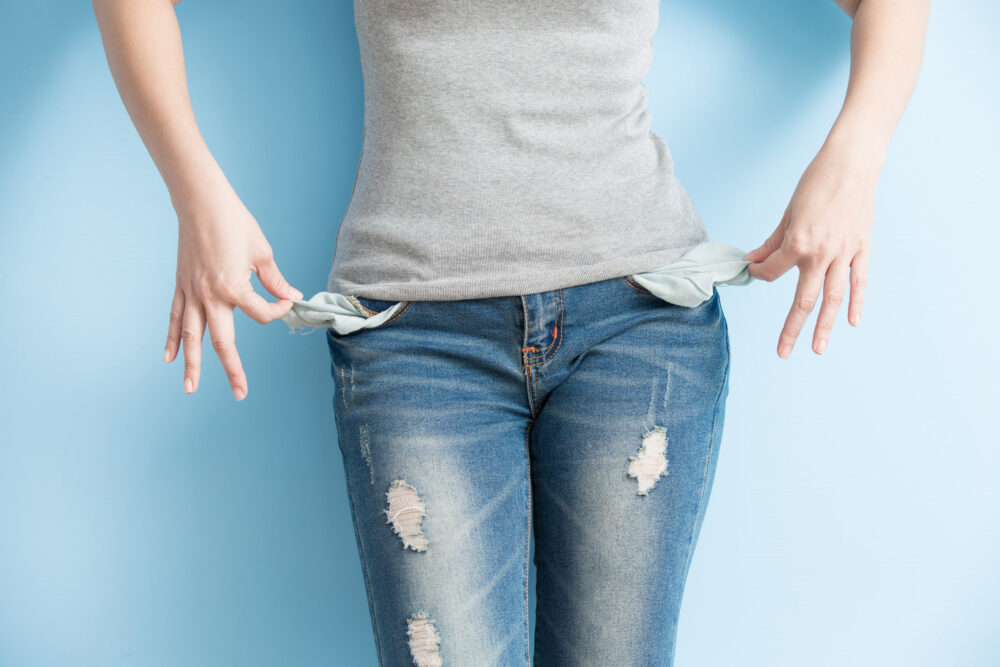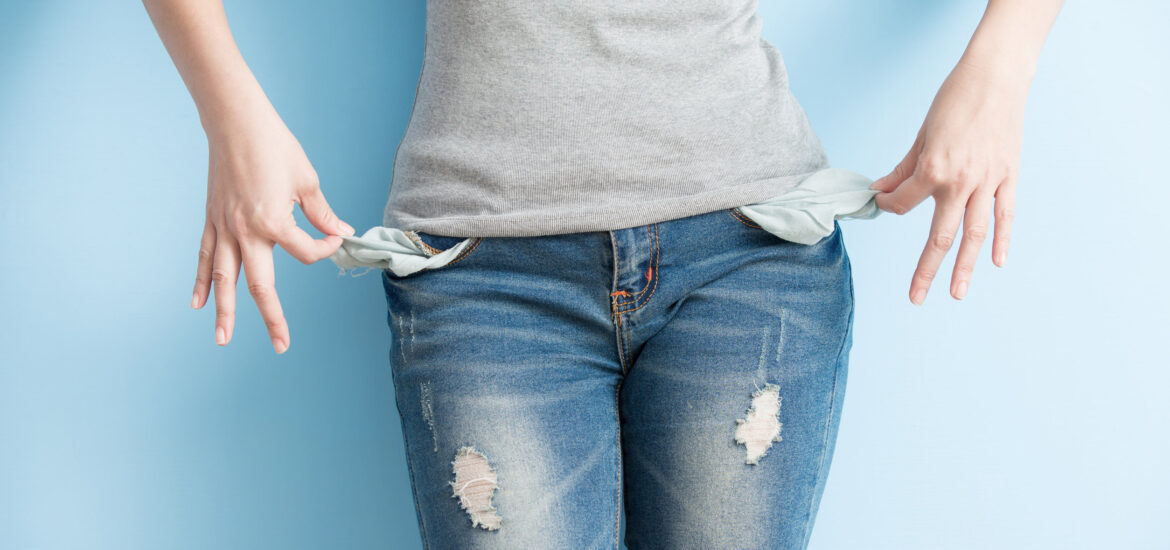 I’ve tried to do the No Spend month many times over the years. Honestly, I’ve never succeeded. That’s okay. Each time, I did spend less than normal. Moreover, it made me more conscious of my spending. However, I’d like to actually succeed at this one time. So, I’m trying it again in June, with a new twist.
I’ve tried to do the No Spend month many times over the years. Honestly, I’ve never succeeded. That’s okay. Each time, I did spend less than normal. Moreover, it made me more conscious of my spending. However, I’d like to actually succeed at this one time. So, I’m trying it again in June, with a new twist.
What Is a No Spend Month?
The idea is that you don’t spend any money beyond the basic necessities for one full month. In other words, you still pay your rent, and you get the groceries that you need in order to survive. However, you don’t eat out at restaurants or buy random impulse items.
Moreover, you don’t buy things that you already have at home, such as more paper towels. Instead, you use what you have. If you don’t have something, you find a creative way to make do without. You can use rags instead of paper towels, of course.
What Is The Point of a No Spend Month?
Obviously, you save money when you don’t spend it. That’s important. However, that’s not really what a no spend month is about, at least not for most of us. Instead, it’s about resetting our habits and priorities. It allows us to see where we’re spending money that we don’t need to. We can set better budget restrictions in the future when we understand where we’re wasting money today.
The Twist on a No Spend Month
As you know if you’ve been reading my posts this month, I recently read Courtney Carver’s book titled, “Soulful Simplicity.” In it, she mentions an approach to a no spend month that I’d never thought about before. It makes perfect sense to me.
In this version, you don’t just “no spend.” Instead, you also write down every single purchase that you wanted to make but didn’t. You include the price of that purchase. At the end of the No Spend month, you add up the total that you would have spent if you weren’t participating in this challenge. She suggests you then ask yourself two questions:
1. Is There Anything I Still Want?
Specifically, is there anything on the list that you still want as much as you did when you wrote it down? There’s nothing wrong with getting things that you truly want. However, oftentimes, if you wait 30 days, then you realize that you didn’t want the item all that much anyway. This can be a great reminder to delay purchases so that you only buy things you truly want.
2. Would you spend that amount on those things?
Imagine that someone gives you cash in the amount that you added up as the total of what you would have spent. Ask yourself, “how would I spend this right now?” Would you really go buy those things that are on your list? Or is there another way you’d prefer to spend (or save) that money?
Mindfully Not Spending
Those two questions seem helpful. However, the reason that this twist appeals to me is because of its intentionality. Just depriving myself of spending for thirty days hasn’t really worked in the past. Perhaps because it feels like deprivation. Often I just go ahead and buy the things I would have bought as soon as the thirty days end. By taking the time to focus and write down what each expense would have been and what it would cost me, it brings much more attention to the experience. I think seeing this could make the difference in benefitting from the No Spend Month Challenge. So I’m going to try it.
Read More:
Kathryn Vercillo is a professional writer who loves to live a balanced life. She appreciates a good work-life balance. She enjoys balance in her relationships and has worked hard to learn how to balance her finances to allow for a balanced life overall. Although she’s only blonde some of the time, she’s always striving for total balance. She’s excited to share what she’s learned with you and to discover more together along the way.
